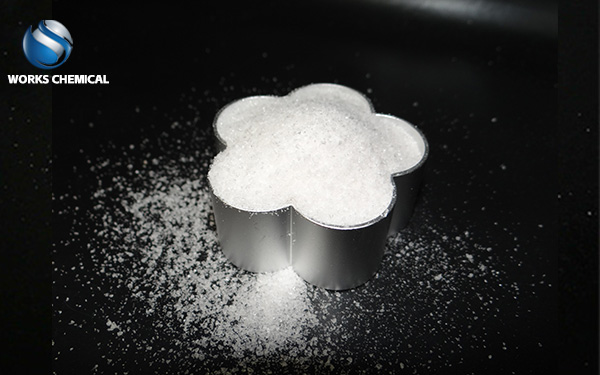
For sludge with organic matter content up to 70%, the following methods can be adopted to treat the sludge to achieve reduction, stabilization, harmfulness and resource utilization.

I. Physical treatment method
Compression and dehydration:
Through mechanical compression and physicochemical treatment, such as the use of centrifuges, filter presses and other equipment, the water in the sludge is removed, so that its volume is reduced, and it is easy to transport and subsequent treatment. These devices mainly use the role of centrifugal force or pressure to effectively separate water in the sludge.
Dry:
The sludge dryer and other equipment are used for drying treatment to further reduce the moisture content of the sludge. The dried sludge is not only smaller, but also easier to store and transport.
Two, chemical treatment
Add sludge dewatering agent:
Select the appropriate sludge dewatering agent (sludge synergist), through charge neutralization, adsorption bridge and other mechanisms to improve the dewatering performance of sludge, improve the dehydration efficiency.
Optimized pH control:
By adjusting the pH value of the sludge, the liquefaction effect of the sludge is optimized, so as to improve the dehydration effect. When the sludge pH value reaches 7-8, the sludge liquefaction effect is usually the best.
3. Biological treatment methodsAnaerobic digestion:
The sludge is placed in a closed digester for microbial degradation under oxygen-free conditions. Anaerobic digestion can effectively decompose organic matter in sludge to produce biogas and stable organic matter. This method not only reduces the volume of sludge, but also generates energy that can be reused.
Aerobic compost:
The sludge is mixed with other organic matter for aerobic composting treatment. Through the action of microorganisms, the organic matter in the sludge is converted into stable humus, which eventually forms organic fertilizer. This method is suitable for sludge with high organic matter content, and the treated product has high fertilizer efficiency.
Four, heat treatment method
Incineration:
Using high temperature combustion technology to burn sludge into ash, in order to achieve the purpose of harmless treatment. Incineration treatment can completely oxidize and decompose the organic matter in the sludge and produce heat energy for electricity generation or heating. However, incineration treatment has high requirements for equipment and may produce secondary pollution, so strict control of incineration process and flue gas emissions is required.
Other methods
Land Use:
Properly treated and stabilized sludge can be used as an amendment or filler for land. Sludge contains rich organic matter and nutrient elements, which can provide nutrients for plant growth. However, in the process of land use, it is necessary to strictly control the content of harmful substances such as heavy metals, organic pollutants and pathogens in the sludge to ensure that it will not pollute the soil and ecological environment.
Ocean jettison (choose carefully) :
Under certain conditions, sludge that has been strictly treated and meets environmental protection requirements can be put into the ocean. However, this approach requires rigorous evaluation and regulation to ensure that it does not adversely affect Marine ecosystems. At present, many countries and regions have restricted or banned the Marine dumping of sludge.
In summary, for sludge with organic matter content up to 70%, a variety of methods can be adopted for treatment. In the selection of treatment methods, it is necessary to consider the nature of sludge, treatment costs, environmental impacts, policies and regulations and other factors to achieve effective treatment and resource utilization of sludge.